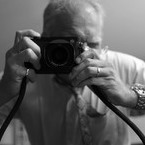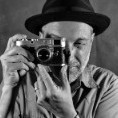Beginner's Guide to Shooting with M10 - Kindergarten Post
-
Recently Browsing 0 members
- No registered users viewing this page.
-
Similar Content
-
- 28 replies
- 5,046 views
-
- 170 replies
- 25,828 views
-
- 10 replies
- 753 views
-
- 1 reply
- 379 views
-
- 7,203 replies
- 949,480 views
-




Recommended Posts
Join the conversation
You can post now and register later. If you have an account, sign in now to post with your account.
Note: Your post will require moderator approval before it will be visible.